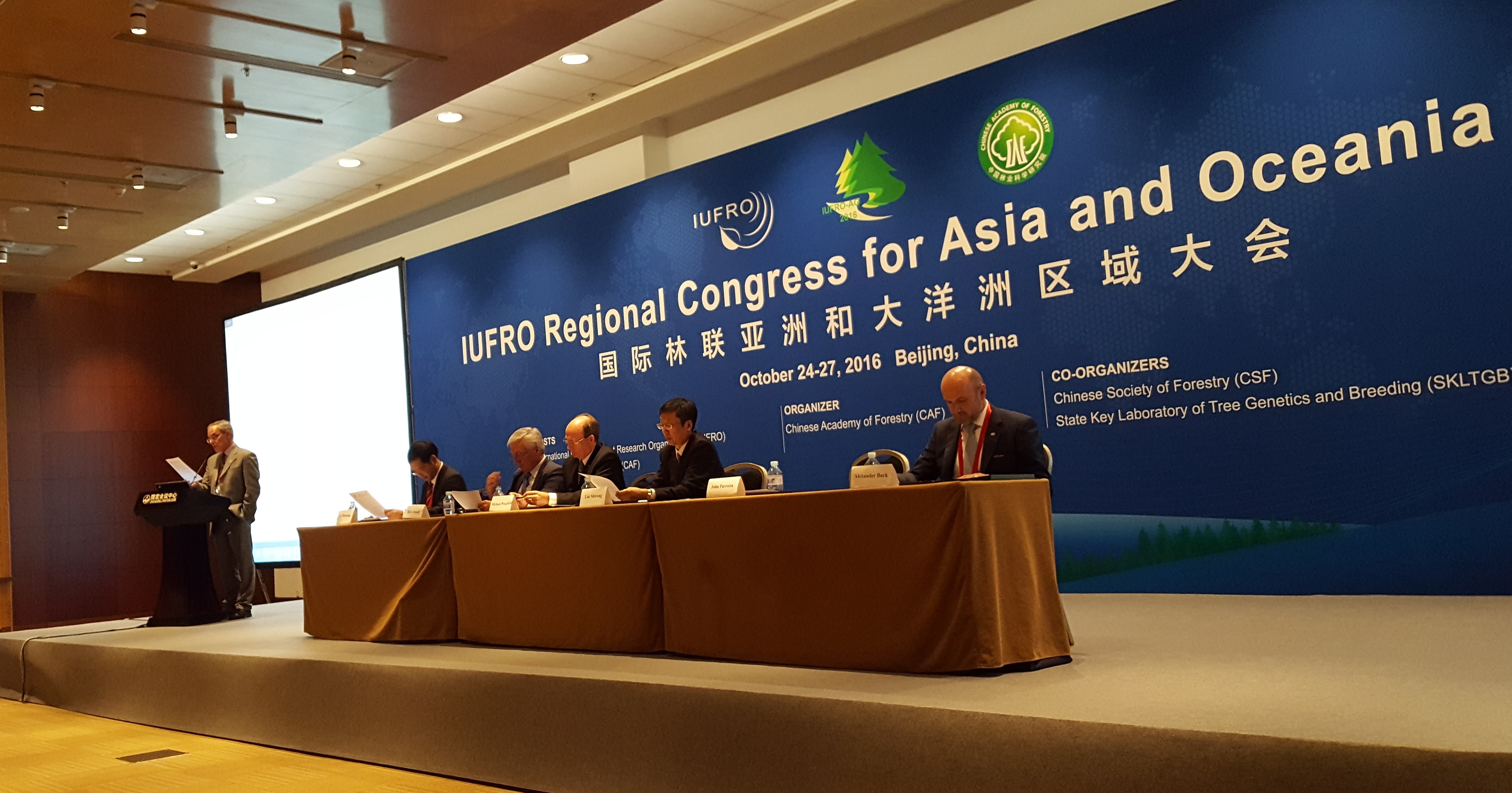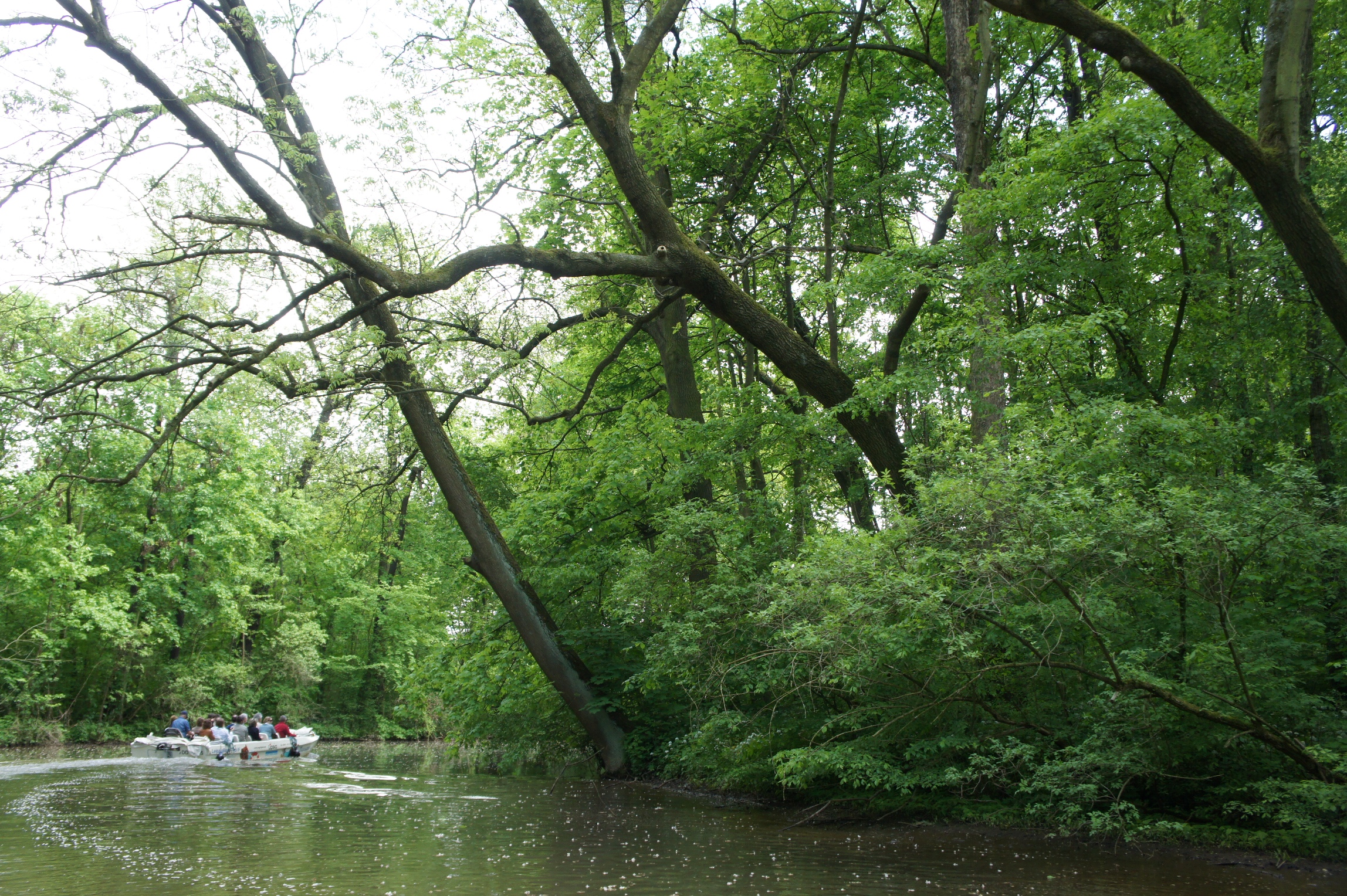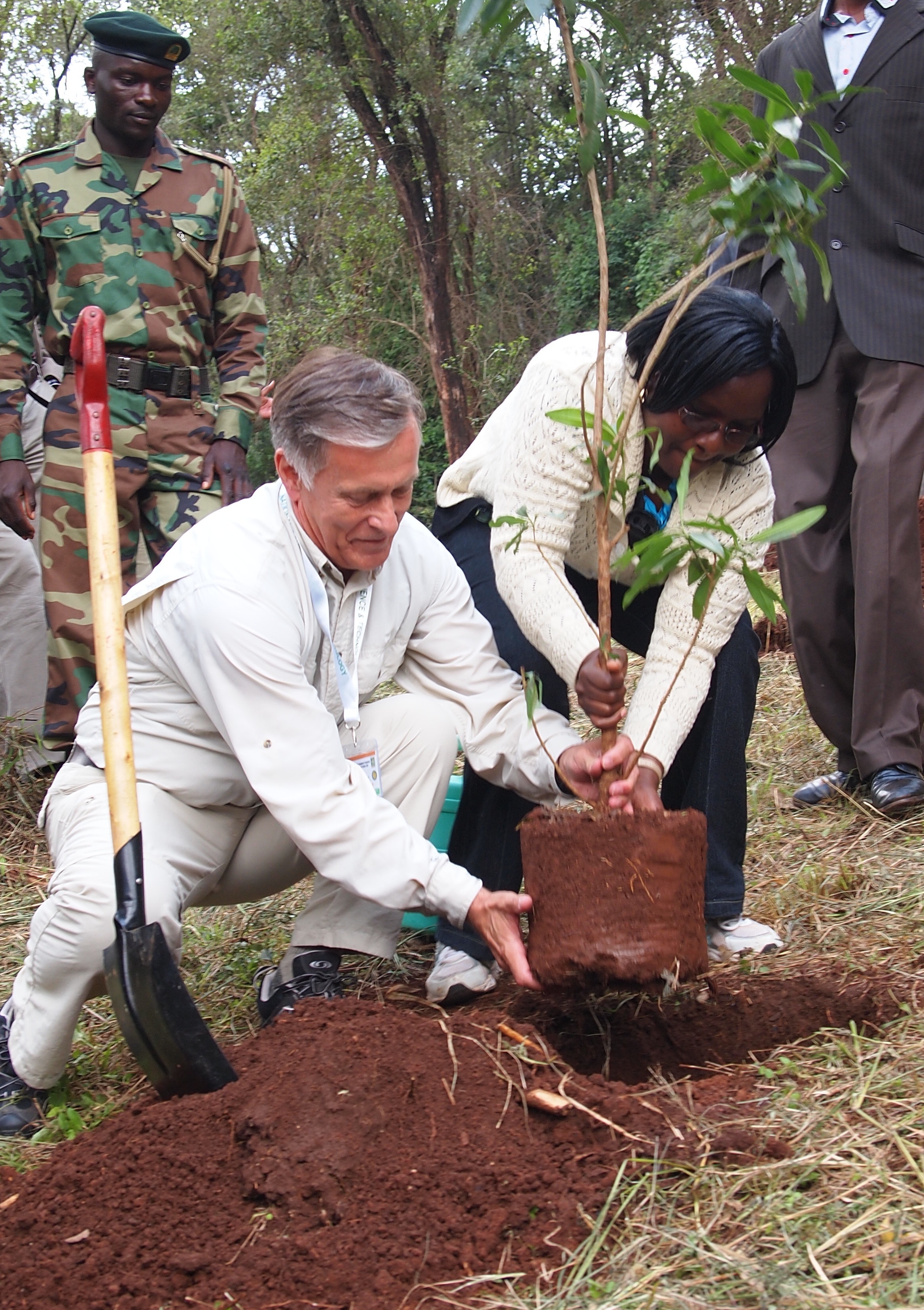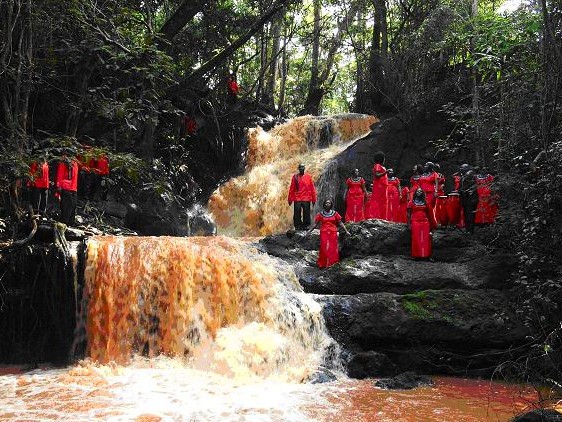COVID-19-induced Visitor Boom Reveals the Importance of Forests as Critical Infrastructure
COVID-19-induced Visitor Boom Reveals the Importance of Forests as Critical Infrastructure
Guest blog provided by Lukas Giessen, Coordinator of IUFRO Research Group 9.05.00 – Forest policy and governance
During the 2020 COVID-19 pandemic, countries around the globe have implemented a certain degree of lockdown, restricting citizens’ freedom of movement and freedom of assembly. An article recently published in Forest Policy and Economics by Jakob Derks, Lukas Giessen and Georg Winkel of the European Forest Institute, Bonn, Germany, aims to illustrate the impact that the measures against the spread of COVID-19 have on forest recreation.
Read more…Spotlight #58 – To build a healthier city, build a better forest

Design of trees along streets is important to minimize trapping of pollutants along sidewalks and roads. Photo: David Nowak
City dwellers around the world could live healthier lives and see health care costs shrink simply by implementing better urban forest design, planning and management.
Recent innovative studies conducted in Canada and the U.S. show that trees remove air pollution – both gaseous and particulate pollutants – and this has a beneficial effect on human health.
And, while the concepts of trees scrubbing the air and cleaner air having beneficial effects are not particularly new, “the innovation derives from linking pollution removal by trees to human health in cities,” said Dr. David Nowak of the US Forest Service, and one of the authors of the studies. Read more…
IUFROAO2016 – The Beijing Declaration
IUFRO Regional Congress for Asia and Oceania 2016
24 – 27 October 2016, Beijing, China
Forests for Sustainable Development: The Role of Research
The Beijing Declaration

IUFRO Vice-President John Parrotta presenting the Beijing Declaration. Photo: Gerda Wolfrum, IUFRO Headquarters
How far should we go “native”? Re-conceptualizing biodiversity restoration in urban forests
Keynote Speech by Professor Makoto Yokohari, The University of Tokyo, at the IUFRO Regional Congress for Asia and Oceania
Restoring biodiversity by reforesting urban fabrics is one of common urgent tasks for cities in the world in general and in the Asia and Oceania region in particular. After all, seven of the ten largest cities in the world are in this region. One of these cities is Tokyo. It accommodates 10 million people. More than 30 million people live in the national capital region; this is one third of the total population of Japan. However, despite the high number of population in Tokyo, one third of its area is mountainous, largely covered by natural and planted forest patches.

Professor Makoto Yokohari during his keynote speech. Photo: Gerda Wolfrum, IUFRO Headquarters
We should be aware of the fact that where you find megacities you often also find high biodiversity. Consequently, when talking about biodiversity, we cannot exclude cities as they often coincide with biological hotspots. Of course, the green spaces in cities do not only serve the purpose of biodiversity but they are also used by people for recreation. Urban greens are areas of human comfort. But how to balance between human comfort and biodiversity? Read more…
Interview with Professor Makoto Yokohari Graduate School of Engineering, The University of Tokyo, Japan
Keynote speaker at the IUFRO Regional Congress for Asia and Oceania – Forests for Sustainable Development: The Role of Research
The Role of Forests in Urban Green Spaces

Professor Makoto Yokohari, Graduate School of Engineering, The University of Tokyo, Japan
Professor Yokohari, landscape and urban planning, urban ecology, and ecological landscape design are at the core of your academic interests. The IUFRO Regional Congress for Asia and Oceania draws attention to the particular role that forests play for the sustainable development in urban and peri-urban areas and has identified “Urban forestry for human health and community well-being” as one of its key themes.
Q: Urban green spaces have significantly gained in importance worldwide in view of rapid urbanization of society and the development of megacities. What are the major benefits of urban green spaces in general?
A: Three clusters of ecological functions, or benefits, can be listed, which are “human comfort”, “conservation of physical environment” and “conservation of biological environment”. The first cluster includes functions as landscape conservation and recreational uses, the second includes microclimate control and water retention, and the third includes conservation of ecosystems and biodiversity. Read more…
Congress Spotlight #22 – Green cities: The benefits of the urban forest
Green cities: The benefits of the urban forest

Experiencing the floodplain forests of the city of Leipzig, Germany, from the river (photo by Matilda Annerstedt)
The urban forest means different things to different people.
Many of us see only visually pleasing tree-lined streets, or enjoy the coolness afforded by shade trees on hot days.
Those more closely involved with the urban forest see that – and much, much more.
They also see the urban forest in terms of the ecosystem services and values derived from it – reduced energy use of buildings, improved air quality, stream flows, water quality, urban wildlife, human health, climate change (in terms of both mitigation and species composition) and other benefits that are environmental, social and economic.
A walk in Karura Park: Day two of the IUFRO/FORNESSA Regional Congress
After a morning of sessions filled with discussions the Congress goers donned their field clothes and headed out for an afternoon in the forest.

IUFRO President Niels Elers Koch and a representative from the Friends of Karura Forest plant a tree together.
Karura Forest, the renowned urban forest in Nairobi was the destination of the in-Congress tour for the participants. The forest became internationally famous and a crowning achievement for conservationists in the late 90’s. There was huge pressure to clear the forest and create housing projects and the conservation community led by the late Nobel Peace Prize Laureate Wangari Maathai carried out a large public campaign to save the forest. The forest will forever be seen as a symbol of success and serve as a reminder of what a community can do when they come together to challenge land grads.
The excursion started off with a ceremonial tree planting which saw trees being planted by FORNESSA Coordinator Joseph Cobbinah and IUFRO President Niels Elers Koch with representatives from the Friends of Karura Forest – a community forest association dedicated to protecting the urban forest.
Amidst constant conversation the excursion led the large group of participants by trail to the Mau Mau Caves. As the participants continued their hike underneath the canopy of the forest they were greeted by the growing sound of music. Following the river to the waterfall an enthusiastic Kenyan choir lining the waterfall performing a traditional song and dance greeted the excursionists.
The end of the in-Congress tour also marked the end of a successful second day. Thursday is the ITTO/AFF Forest Policy Day and will see participants change their field clothes for more formal wear and head back to sessions to continue presenting and discussing their research. In the words of John, a soil scientist from Nigeria, “Tomorrow I look forward to very much, I will get to tell everyone about my research and then they will know what we have been doing and they will learn from us.”
Additional coverage at http://www.iisd.ca/ymb/forest/iufrofornessa/c1/.

